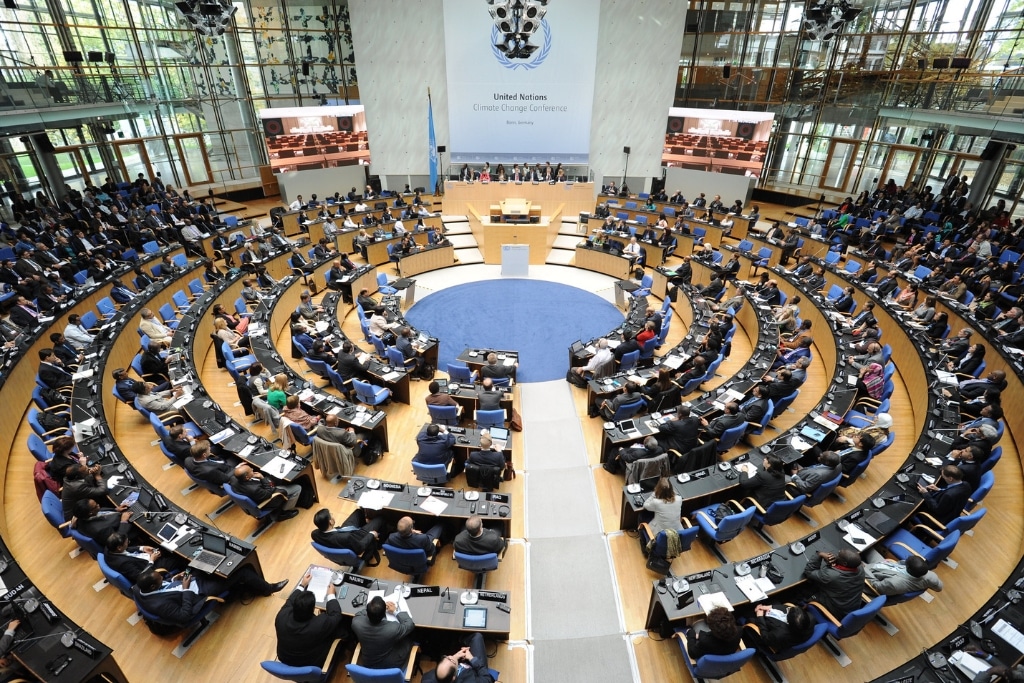Global Green Promises: Why Environmental Agreements Keep Falling Short

Global Environmental Promises: Why Good Intentions Fall Short
Despite decades of international environmental negotiations, many well-intentioned treaties struggle to create meaningful change. The root of this persistent problem lies in three critical shortcomings: ambiguous language, overly broad scope, and insufficient implementation details.
Environmental agreements often sound promising on paper, crafted with lofty rhetoric and ambitious goals. However, the devil is in the details—or more accurately, the lack thereof. Vague terminology and sweeping declarations create an illusion of progress without providing clear, actionable pathways for nations to follow.
The breadth of these treaties frequently becomes their own weakness. By attempting to address multiple environmental challenges simultaneously, they dilute their focus and effectiveness. Instead of creating targeted, precise strategies, these agreements become unwieldy documents that fail to provide specific guidance for meaningful transformation.
Moreover, most environmental treaties lack the depth required for genuine implementation. They outline grand objectives but provide minimal mechanisms for accountability, monitoring, or enforcement. Without robust frameworks that translate diplomatic language into concrete national policies, these international agreements remain little more than well-meaning declarations.
To truly address global environmental challenges, future treaties must prioritize clarity, precision, and practical implementation strategies. Only then can international environmental cooperation move from symbolic gestures to substantive, transformative action.








